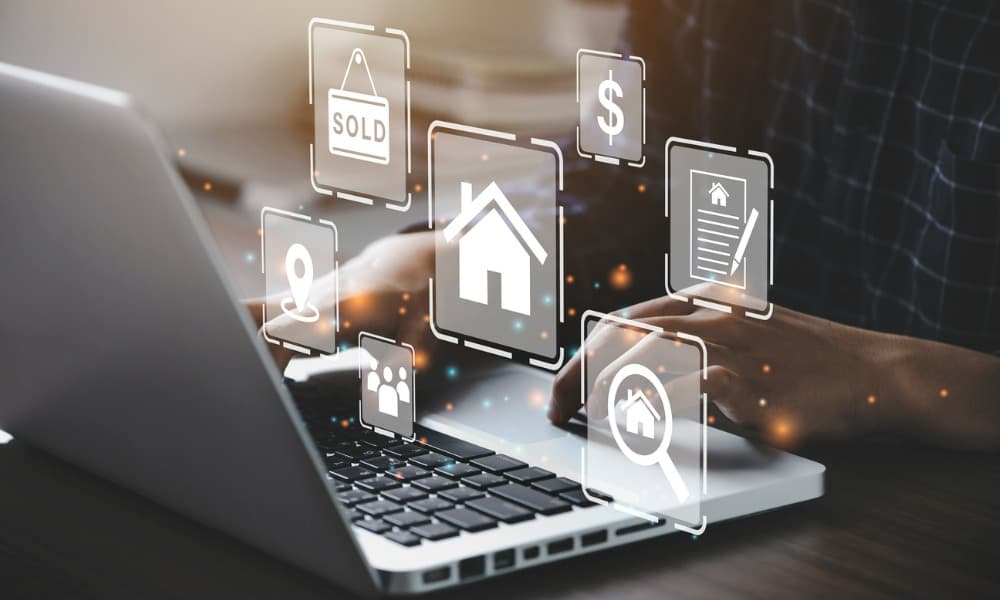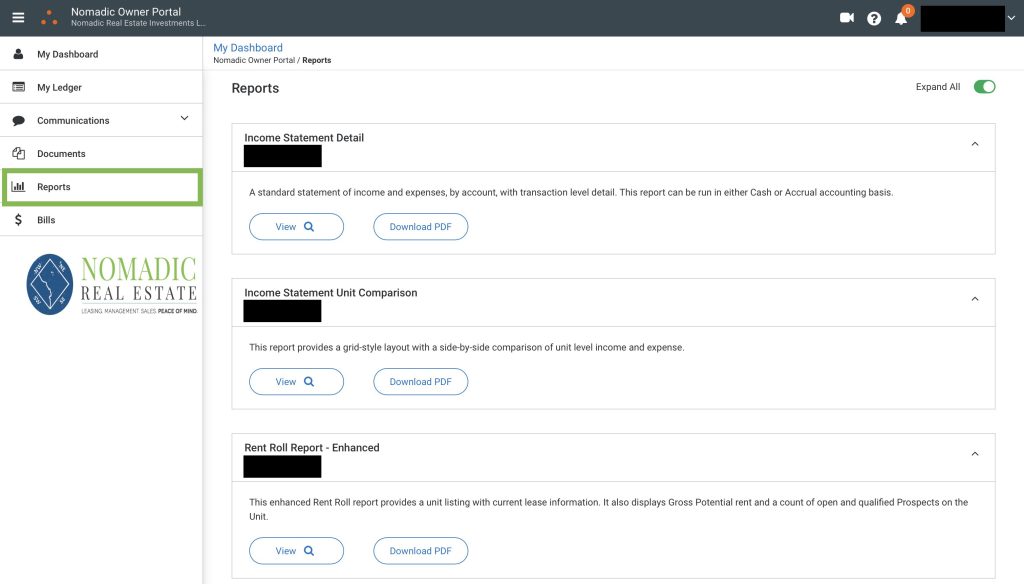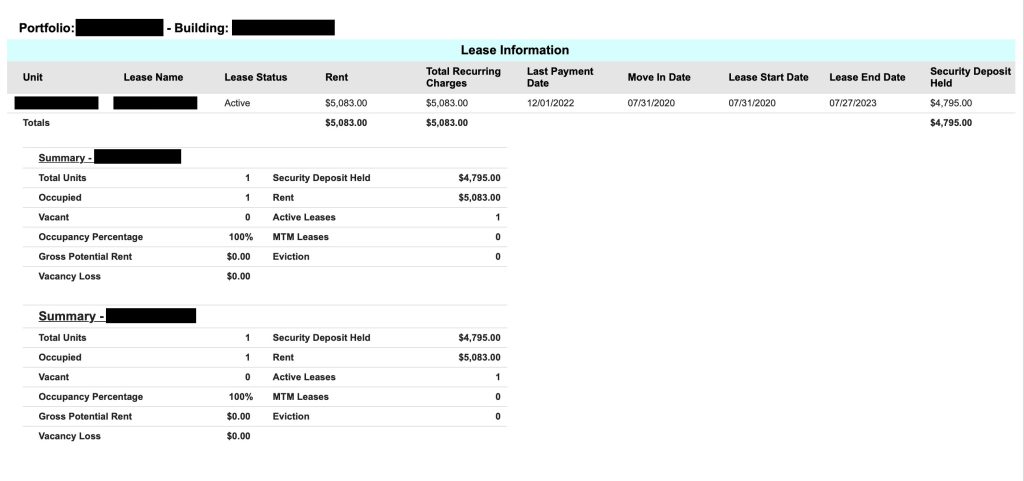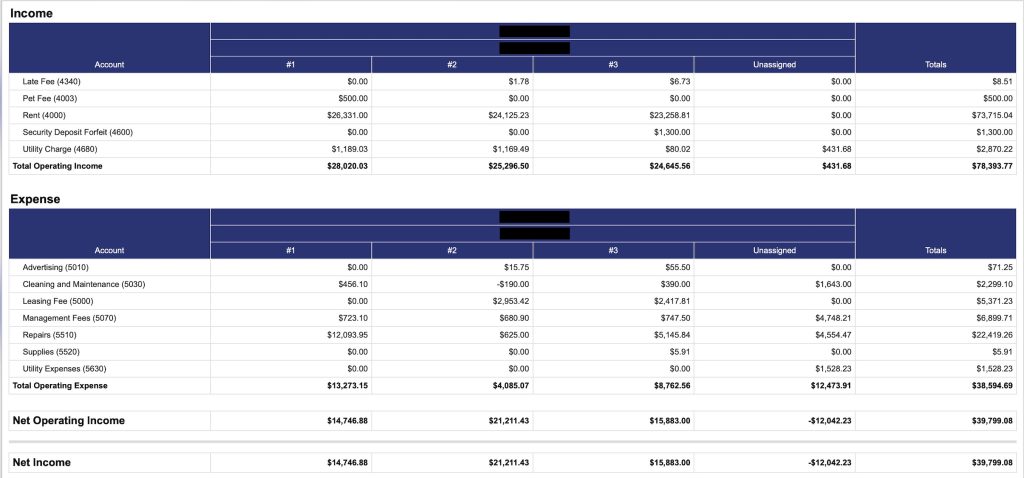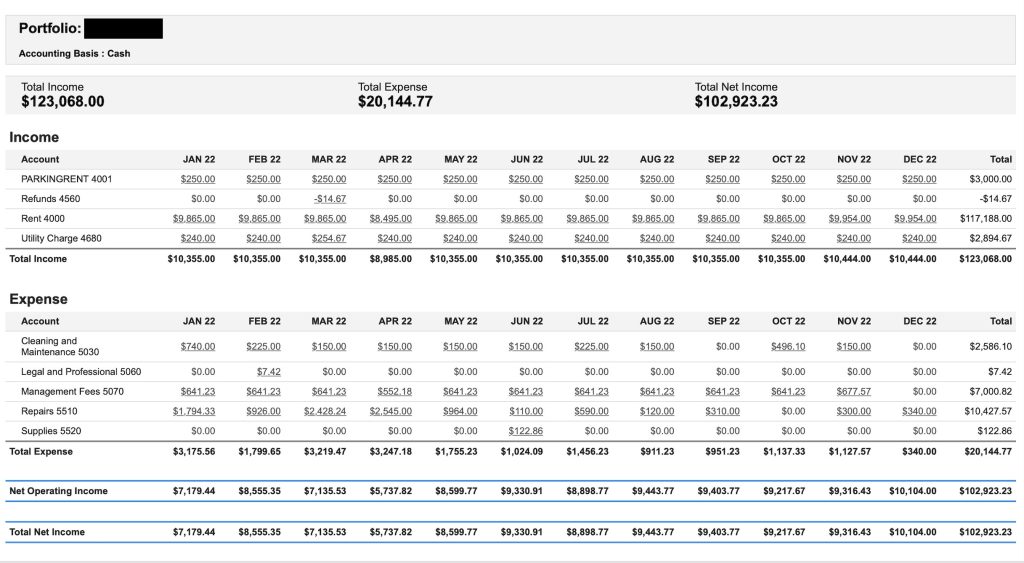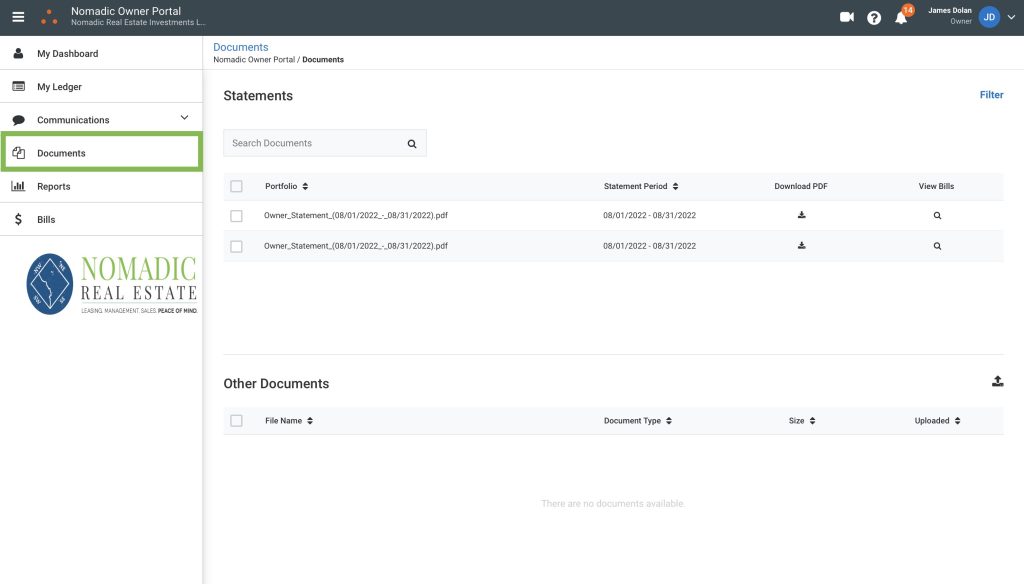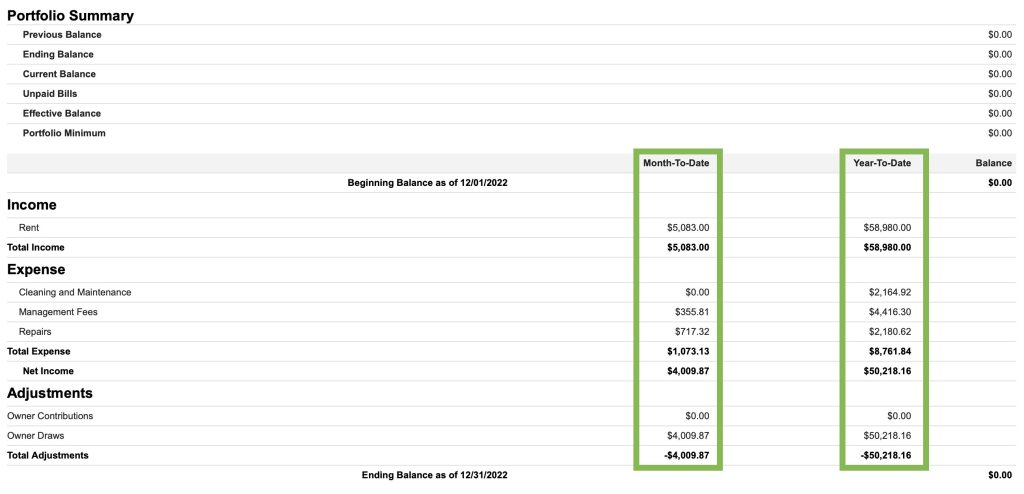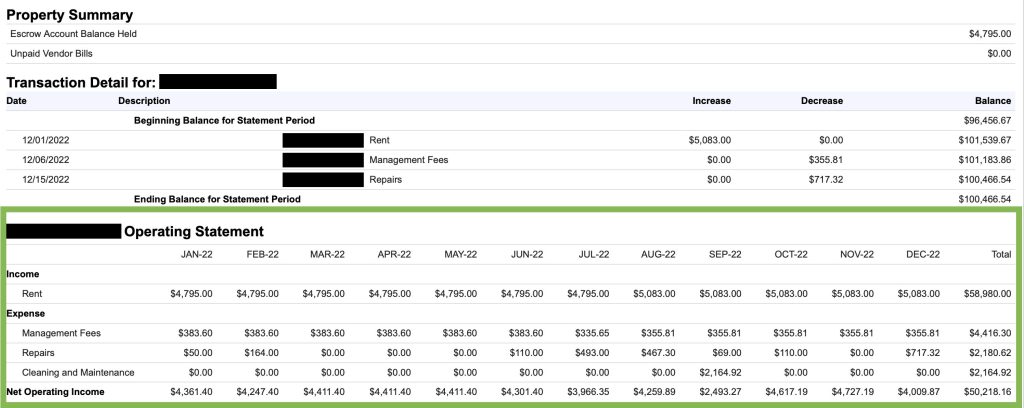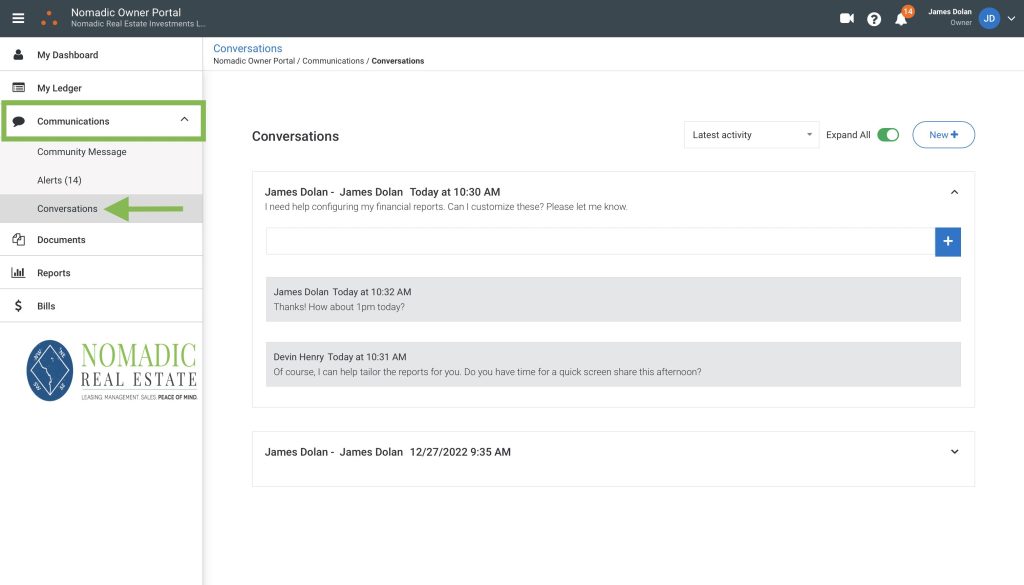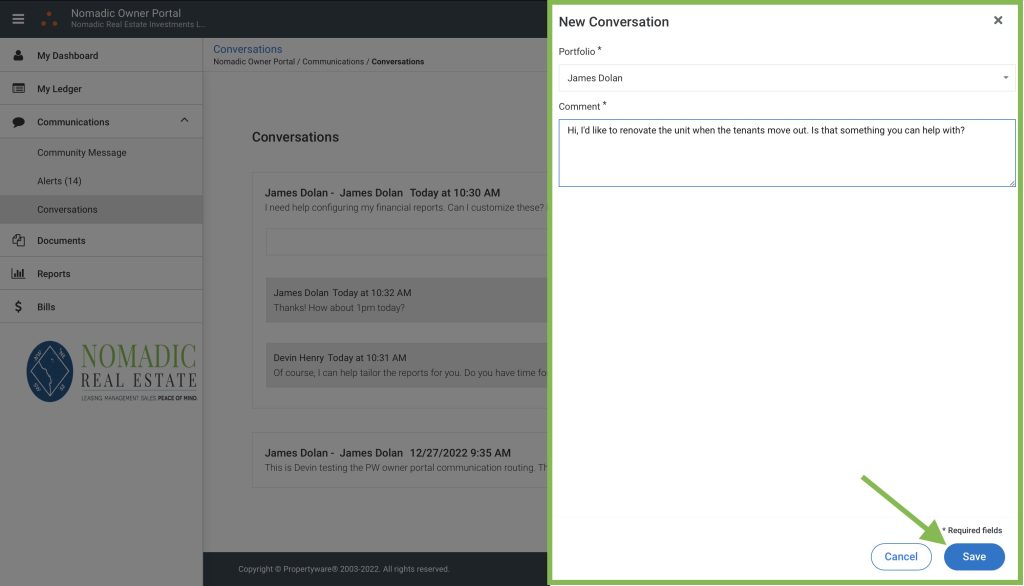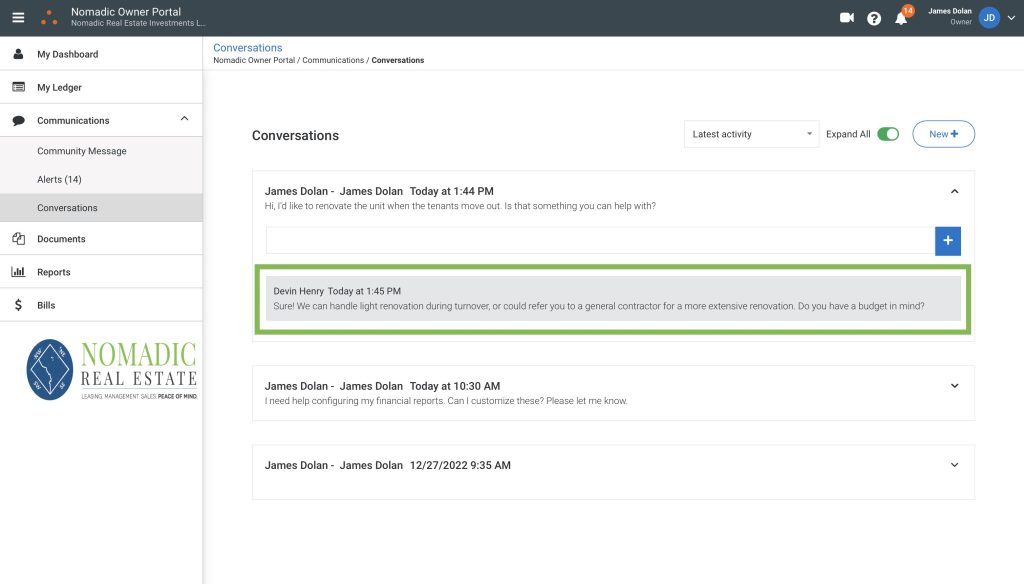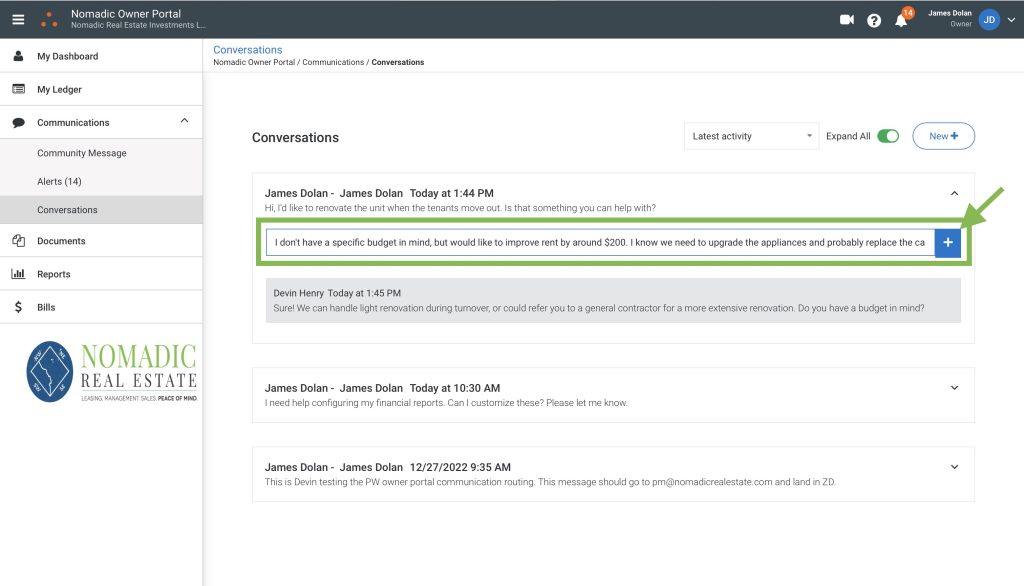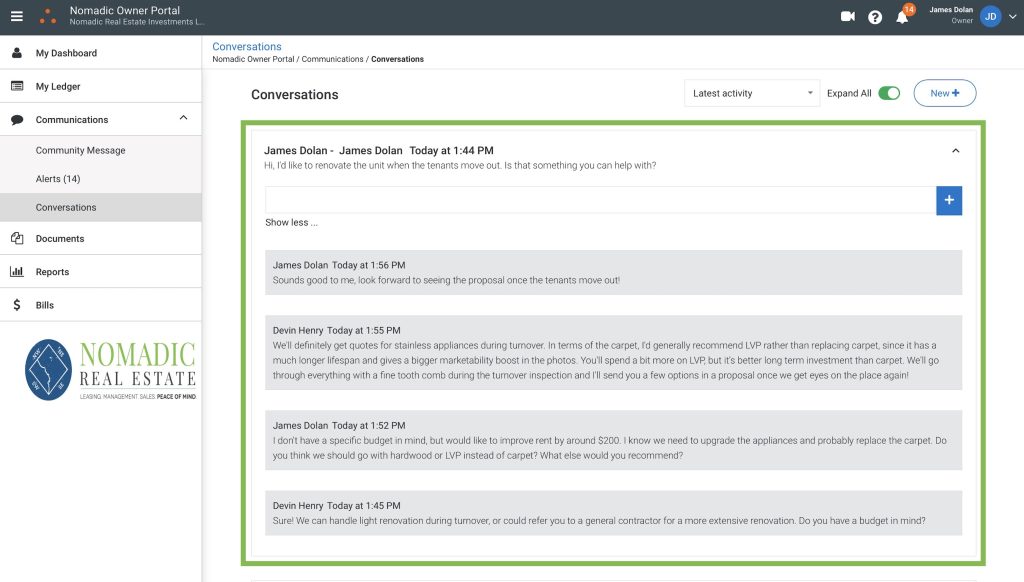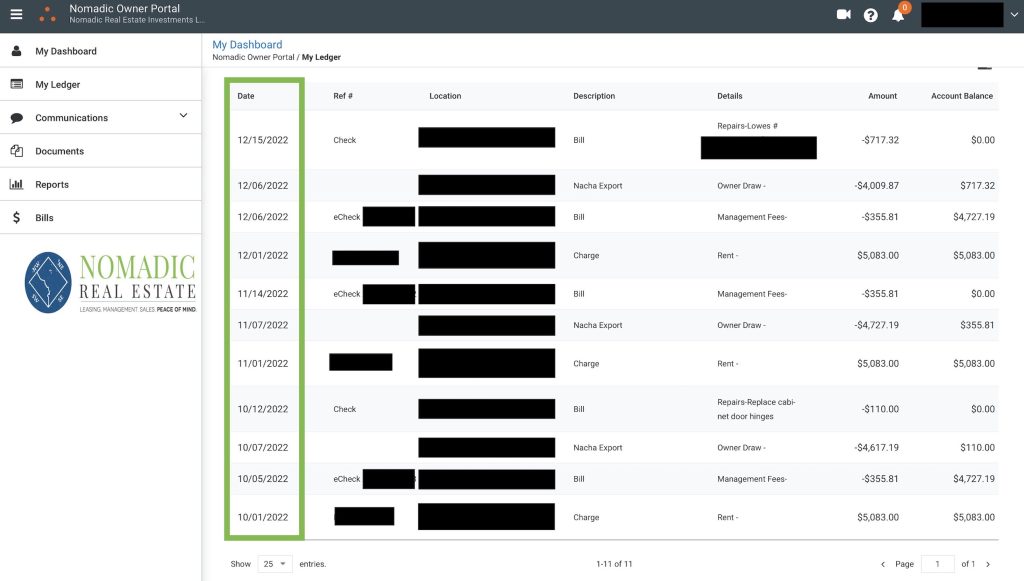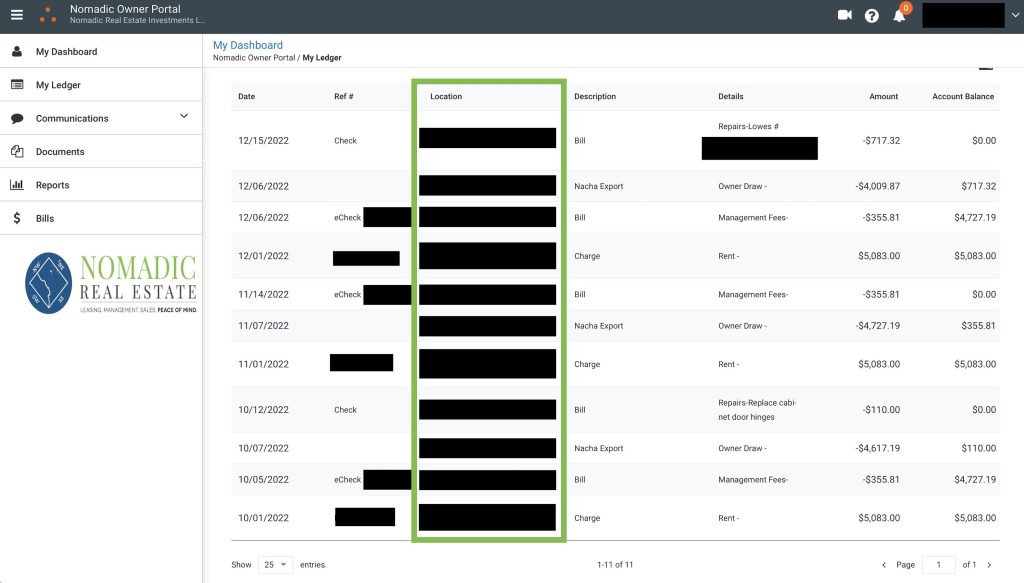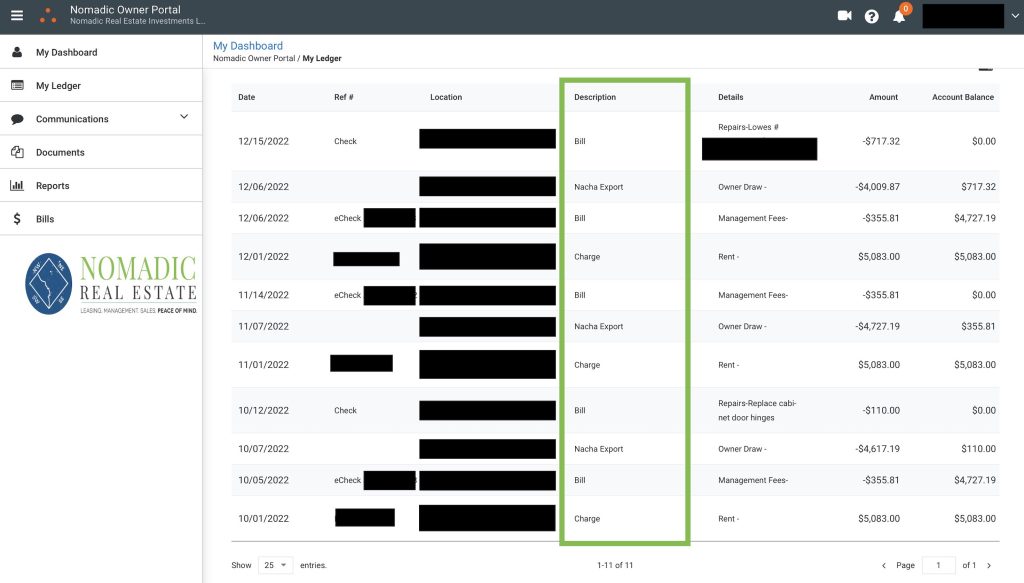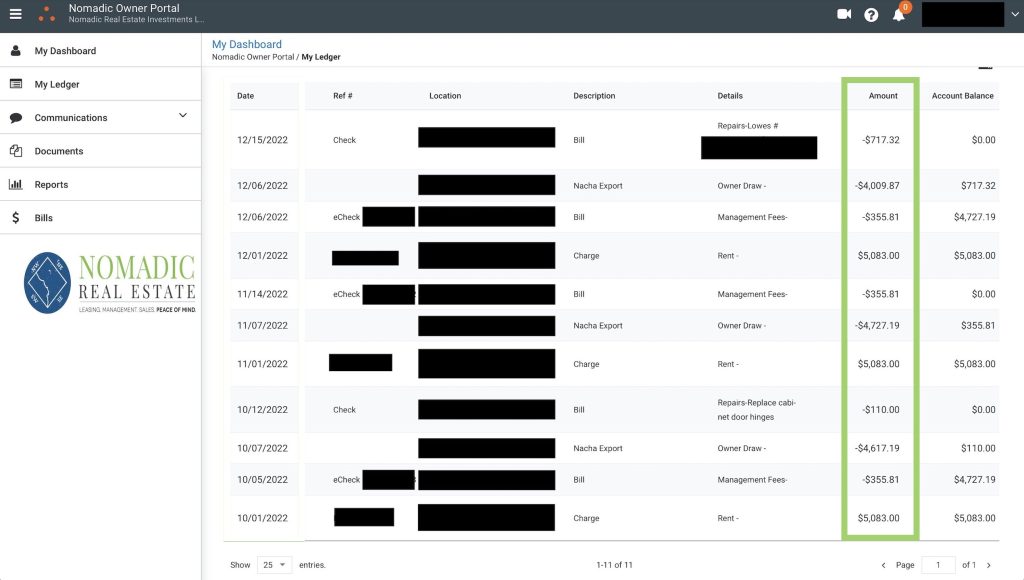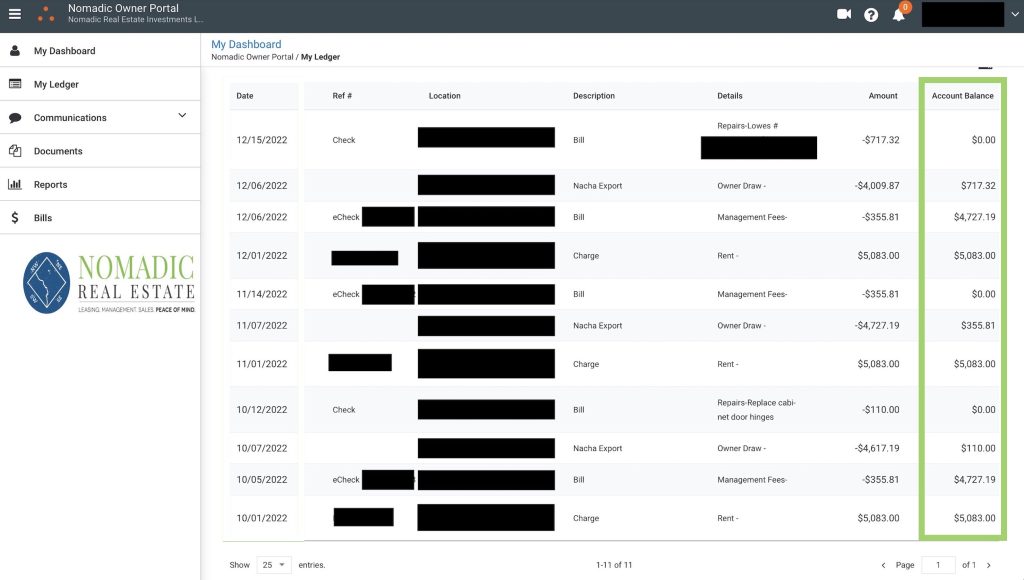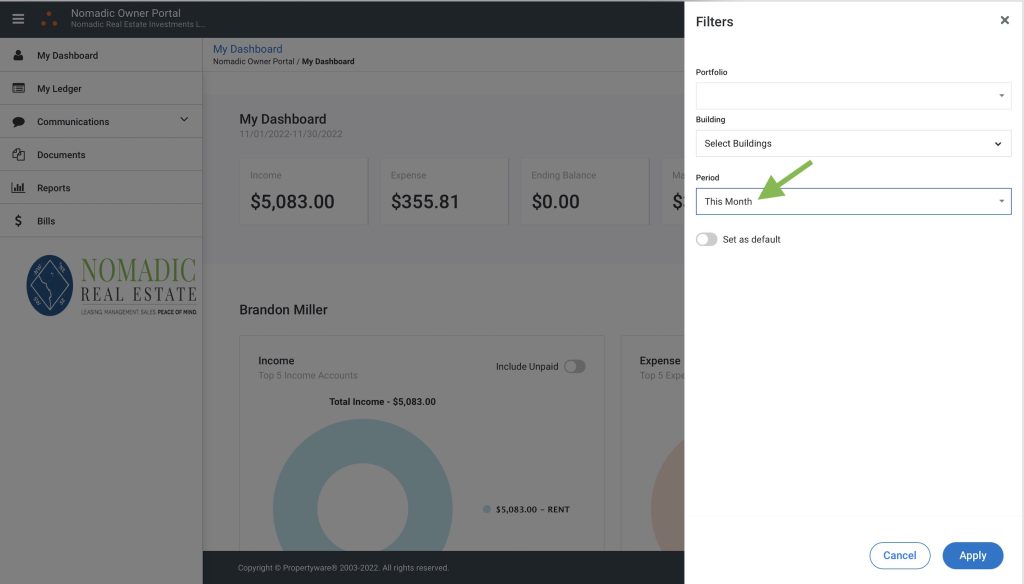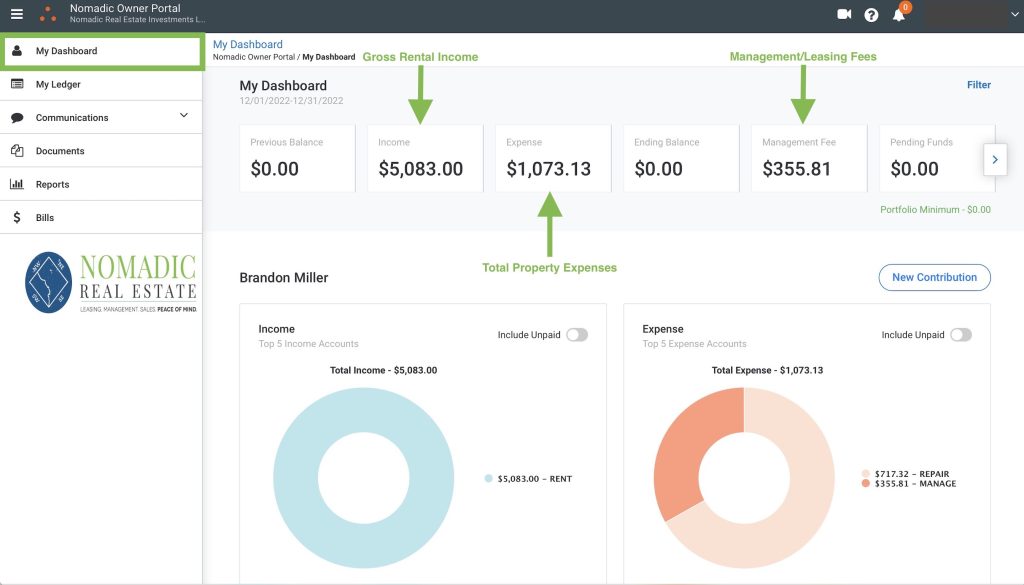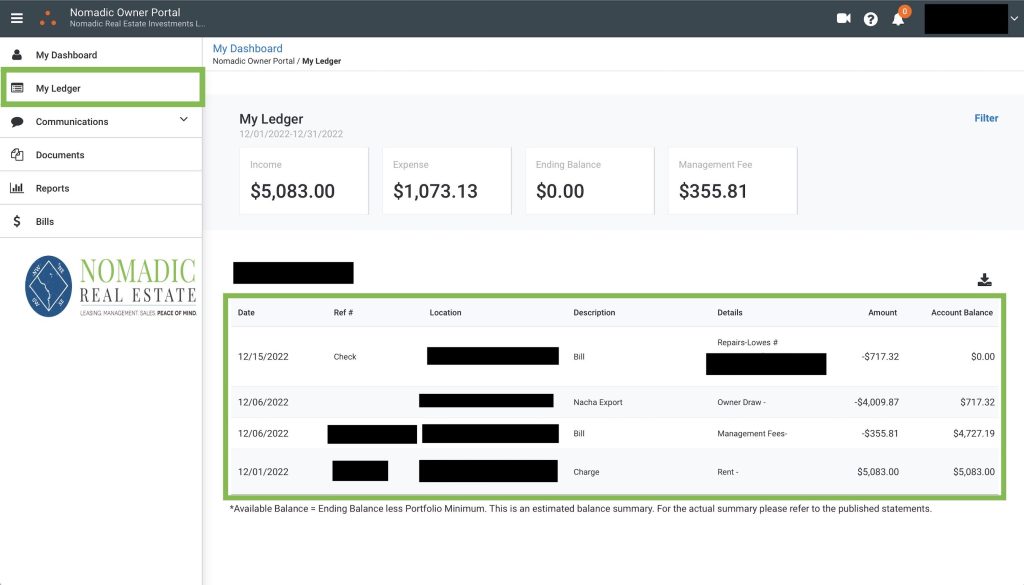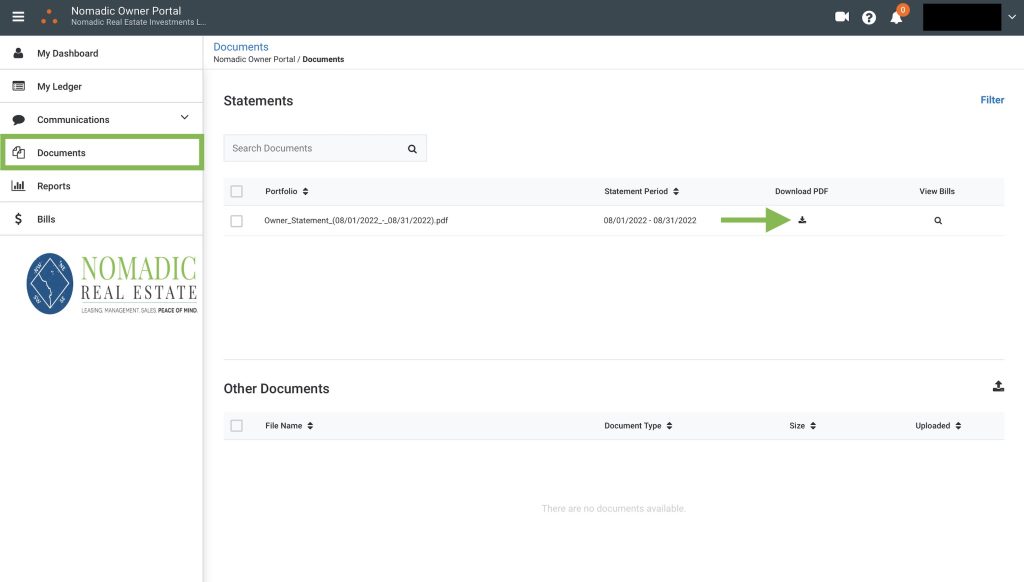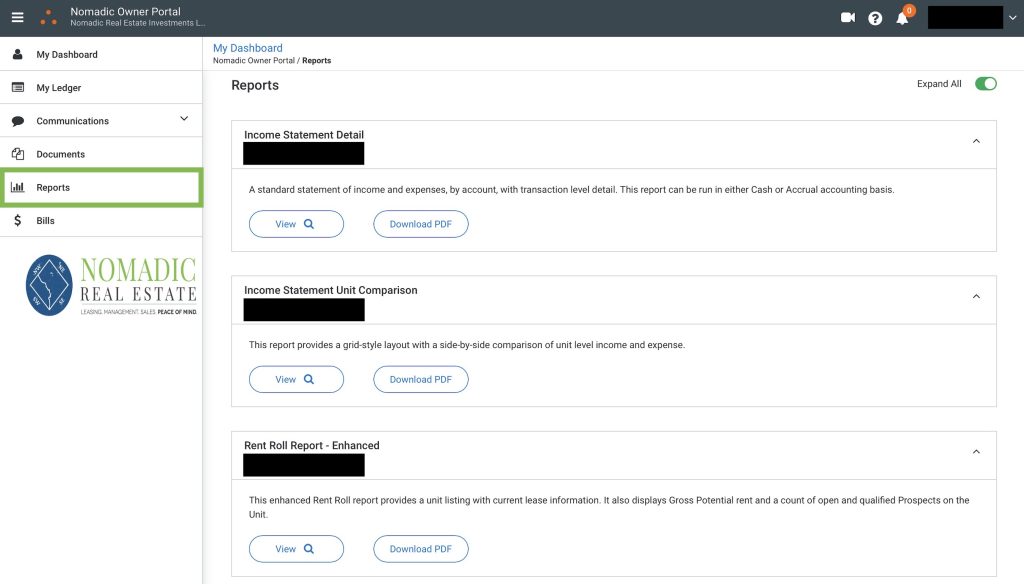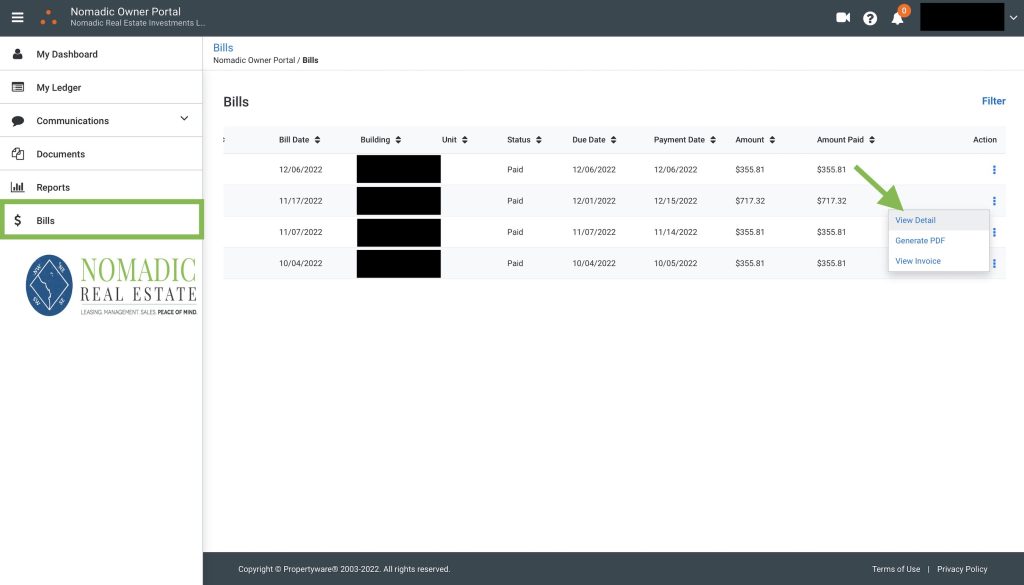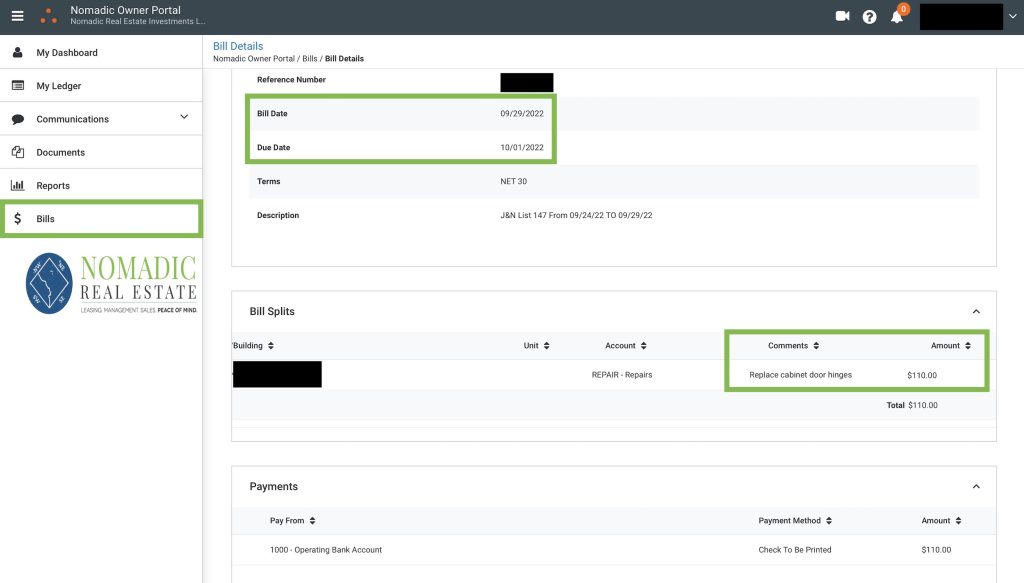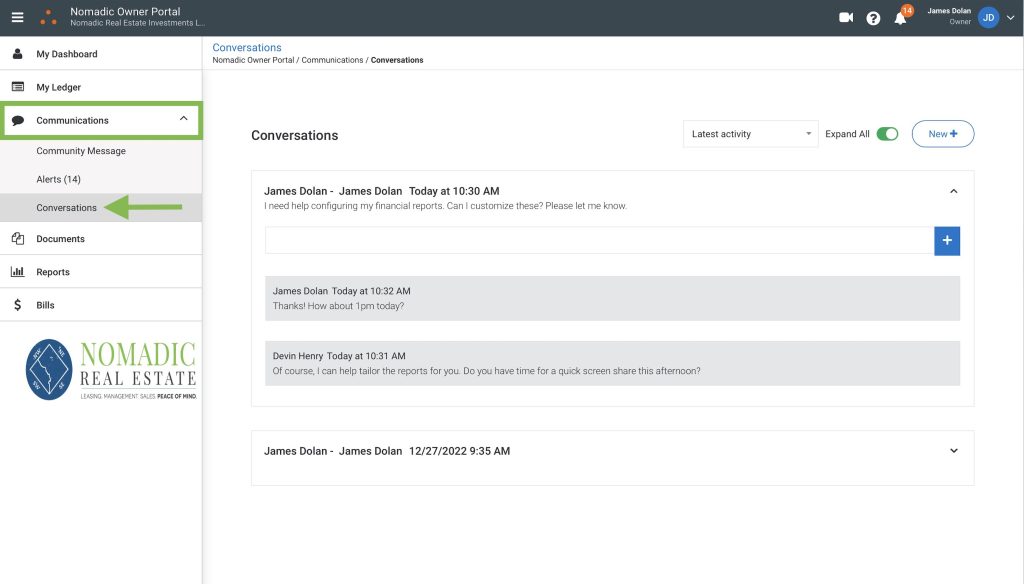Moving new tenants into your rental property can take a lot of work, as there are various steps you must consider before finalizing the agreement. You’ll start by identifying potential tenants and determining move-in dates, and communication with your renters is vital throughout the process.
One way to pass essential information along is through a tenant welcome letter you send to your renters before they move into your property. This letter should be professional and positive in tone, developing guidelines and establishing a business-like relationship.
This is about more than just welcoming them, though; it should also provide information the tenants will need on things like utilities, rent due dates, and contact information. A more substantive letter makes the transition easier for you and your tenants. This guide will explain why this is a good approach and walk you through important details to include in your letter.

Why You Should Write a Welcome Letter
You might be wondering why tenant welcome letters are necessary. The truth is that these optional communications help get the entire business relationship off on the right foot, leading to fewer problems in the future. Here are a few tips for getting them right:
- Make Renters Feel at Home
The letter you create can go a long way toward making your renters feel welcome. Establishing a positive relationship, even beginning with the application process, can hopefully keep any tenant issues from boiling over and becoming unproductive. You can also provide tips about the neighborhood, helping your renters adjust to living in a new part of town.
- Set a Professional Tone
Your letter’s tone goes a long way toward defining the relationship. Maintaining a tone that is professional, business-like, and friendly establishes clear boundaries and puts you in a position of authority.
- Provide Rules and Expectations
Using your letter to outline restrictions and expectations can limit miscommunication. Putting this in a letter ensures your tenants have a physical copy of your rules, along with information on important dates, so there’s no excuse for not following them.
- Create Repair Protocols
The welcome letter can also let your tenants know what to do when repairs are needed. You might include contact information for a preferred contractor or, if you’d rather the tenants contact you directly with issues, your welcome letter can lay out the procedure.
There’s a variety of information you can include in your welcome letter, so prioritize the necessities and make sure they’re digestible. Tenants are less likely to read a rambling 20-page letter, so keep it concise and tell them what they need to know.
7 Pieces of Information to Include in a Tenant Welcome Letter
Writing a letter to your renters will take some time if you do it correctly. You don’t want to overlook any information your tenants need to have as they move into the building. Developing a thorough list before you begin helps ensure you lay out all the necessary information in your document, including:
1. The Next Steps
Your tenants will receive this letter before they move in, so outlining the next steps makes a lot of sense. This section might include move-in dates, when they can expect to receive the keys, rent and damage deposit due dates, and any other essential information.
2. How to Set Up the Utilities
Every building has different protocols for handling things like electricity, heat, cable, and internet. Some multiunit properties select the providers, while others allow renters to choose their own services. Providing this information for your renters can relieve a lot of confusion and ensure everything is ready for them on move-in day.
3. Garbage Collection
Your tenants will need notice regarding garbage collection day. Your letter should include a message on where they take their garbage, how much they’re allowed to dispose of, and details on recycling if it’s available. You might direct your renters to your city’s website if it has more information.
4. Parking Information
Parking information probably isn’t necessary if the rental home has a private driveway. Apartment buildings and condos often have strict parking regulations that your renters must learn, however. You may also need to provide parking passes.
5. Renters Insurance Reminder
There is no federal law requiring tenants to carry rental insurance. You can put a clause in the lease, though, making it a requirement. Including a reminder regarding rental insurance makes it less likely that your tenants will forget to buy it, helping protect their belongings and your property from liability issues.
6. Reporting Maintenance Issues
Include a clear set of protocols for reporting maintenance issues. Apartment buildings might have maintenance personnel available at all times, so you’ll want to include their contact information in your letter. It’s also a good idea to have your renters talk to you anytime there’s an issue so you can make a note of it.
7. Walk-Through Reminders
Landlords should make periodic walk-throughs of a rental property to ensure everything is in order. You might do your first walk-through soon after your tenants move in, so include a reminder in your welcome letter. You might also send notice of future visits you plan to make or provide some basic timelines.
Your tenant welcome letter can get this important relationship off to a good start and set expectations on both sides. It’s a good idea to figure out what’s essential and what you can go over with your renters later to avoid providing too much data at once.
Contact an Expert for Property Management Assistance
Writing a tenant welcome letter can be an overwhelming experience because there’s so much information you’ll want to provide. Anyone unsure where to start should consider hiring a property management firm to secure quality tenants and manage your paperwork throughout the process.
Nomadic Real Estate offers unparalleled property management services in the Washington, D.C., area. Our skilled real estate pros can assist with every aspect of securing new tenants for your rental property, including coordinating the logistics of your tenants’ move-in. Reach out and contact us today to speak with a property management expert.



